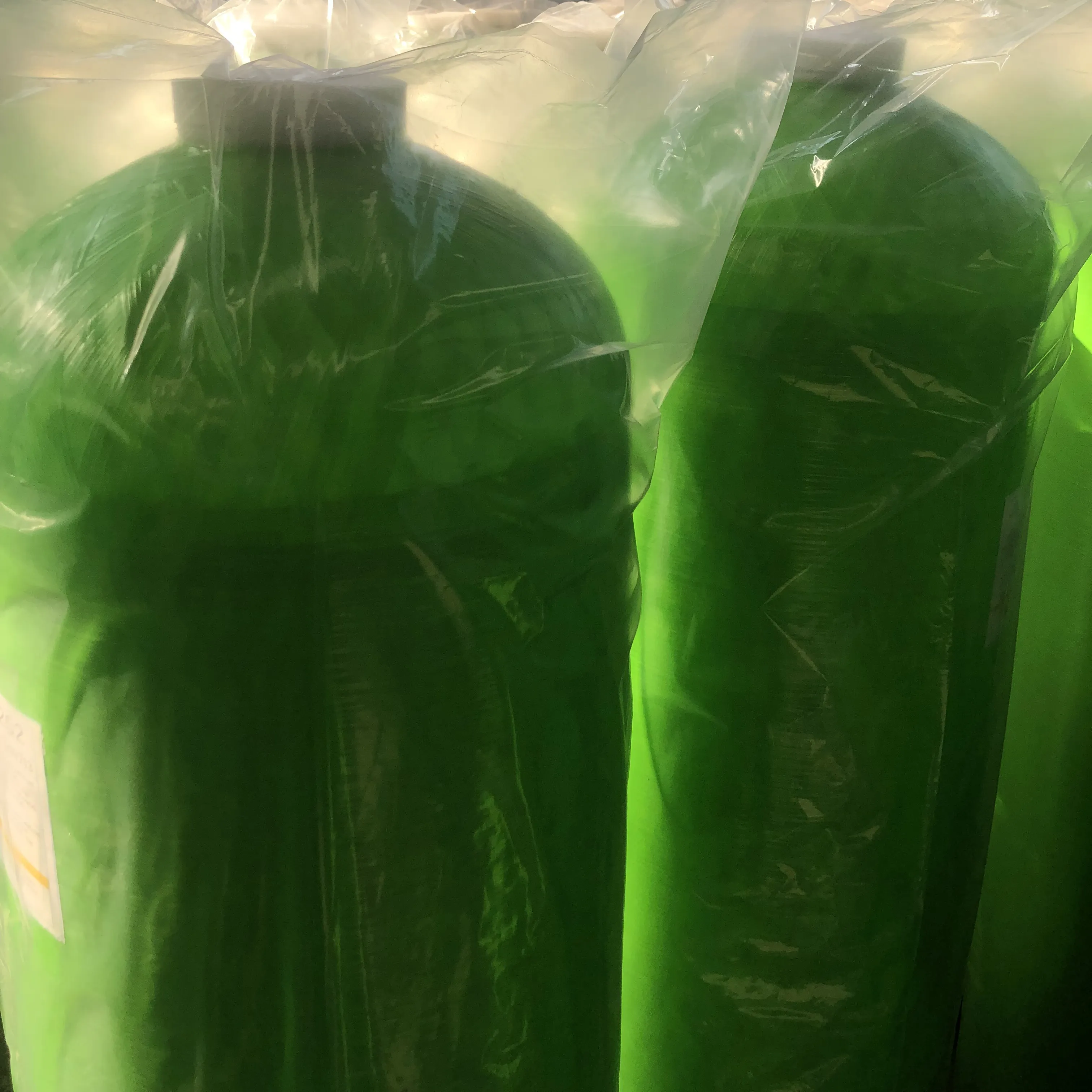loading...
- No. 9, Xingyuan South Street, Dongwaihuan Road, Zaoqiang County, Hengshui, Hebei, China
- admin@zjcomposites.com
- +86 15097380338
- Welcome to visit our website!
RO Membrane Housing Solutions for Efficient Water Filtration and Purification Systems
Understanding RO Membrane Housing An Essential Component in Water Purification
Reverse Osmosis (RO) technology has become a cornerstone in the field of water purification, offering a reliable means of removing contaminants from water. At the heart of this technology lies the RO membrane housing, a crucial component that plays a vital role in the efficiency and effectiveness of the filtration process. This article will delve into the importance, design, and considerations surrounding RO membrane housing, emphasizing its significance in water treatment systems.
What is RO Membrane Housing?
RO membrane housing refers to the protective casing that houses the reverse osmosis membrane. This typically cylindrical structure is designed to encase the membrane element securely, allowing water to flow through while protecting the delicate membrane from physical damage and contamination. The housing is usually made from durable materials such as polypropylene, fiberglass, or stainless steel, which can withstand the high pressures and corrosive environments often associated with water treatment.
The Role of RO Membrane Housing
The primary role of RO membrane housing is to provide a secure compartment for the RO membrane, which is the core element responsible for separating impurities from the water. As water is forced through the membrane, only the pure water permeates, leaving behind contaminants such as salts, bacteria, and other dissolved solids. The housing also facilitates connections for water inlet and outlet, pressure gauges, and occasionally cleaning ports for maintenance.
Design Considerations
When designing RO membrane housing, several critical factors must be considered
1. Pressure Ratings RO systems operate under high pressure, often exceeding 50 psi. Therefore, the housing must be designed to handle significant pressure without risking rupture or failure. The material choice and thickness are crucial in ensuring that the housing remains intact over prolonged use.
ro membrane housing

2. Material Compatibility The materials used in the housing must be compatible with the type of water being treated. For example, corrosive water laden with salts or other chemicals requires more robust housing materials such as stainless steel or high-grade plastic that can withstand such environments.
3. Size and Capacity RO membrane housings come in various sizes to accommodate different membrane types and treatment capacities. It’s essential to choose the right size to ensure optimal flow rates and system efficiency.
4. Ease of Maintenance A well-designed RO membrane housing allows for easy access to the membrane for cleaning or replacement. Many modern housings feature quick-connect fittings, making it simpler to service the system without extensive downtime.
Importance of Quality in RO Membrane Housing
The quality of the RO membrane housing directly impacts the overall performance and longevity of the water purification system. Inferior housing can lead to leaks, membrane failure, and reduced efficacy in water treatment. Therefore, investing in high-quality, certified membrane housing is crucial for maintaining a reliable and efficient RO system.
Conclusion
RO membrane housing is an indispensable component of water purification systems. By providing a secure, durable, and efficient environment for the RO membrane, it plays a critical role in ensuring that the purification process operates effectively. As the demand for clean and safe drinking water continues to rise, understanding the importance of RO membrane housing becomes ever more crucial. Whether for residential, commercial, or industrial applications, selecting the right membrane housing can significantly enhance system performance, leading to better water quality and healthier outcomes for all users.
In summary, the design, material choice, and quality of RO membrane housing are key factors determining the success of reverse osmosis systems. With ongoing advancements in technology and materials, the future of RO membrane housing looks promising, driving further innovations in water purification solutions.
-
The Rise of FRP Profiles: Strong, Lightweight, and Built to LastNewsJul.14,2025
-
SMC Panel Tanks: A Modern Water Storage Solution for All EnvironmentsNewsJul.14,2025
-
GRP Grating: A Modern Solution for Safe and Durable Access SystemsNewsJul.14,2025
-
Galvanized Steel Water Tanks: Durable, Reliable, and Ready for UseNewsJul.14,2025
-
FRP Mini Mesh Grating: The Safer, Smarter Flooring SolutionNewsJul.14,2025
-
Exploring FRP Vessels: Durable Solutions for Modern Fluid HandlingNewsJul.14,2025
-
GRP Structures: The Future of Lightweight, High-Performance EngineeringNewsJun.20,2025
